Top 10 AI News #monthly
Just over two months into 2025, the number of pending AI bills in the U.S. has grown to 781, according to an online tracking tool.
The tool, maintained by consulting firm MultiState, shows that the number of pending U.S. bills pertaining to AI now exceeds the total number of AI bills proposed in all of 2024 (743). In 2023, state and federal lawmakers proposed fewer than 200 AI-related bills.
An Italian newspaper has said it is the first in the world to publish an edition entirely produced by artificial intelligence.
The initiative by Il Foglio, a conservative liberal daily, is part of a month-long journalistic experiment aimed at showing the impact AI technology has “on our way of working and our days”, the newspaper’s editor, Claudio Cerasa, said.
The four-page Il Foglio AI has been wrapped into the newspaper’s slim broadsheet edition, and is available on newsstands and online from Tuesday.
“It will be the first daily newspaper in the world on newsstands created entirely using artificial intelligence,” said Cerasa. “For everything. For the writing, the headlines, the quotes, the summaries. And, sometimes, even for the irony.” He added that journalists’ roles would be limited to “asking questions [into an AI tool] and reading the answers”.
Alibaba Cloud has introduced QwQ-32B, a compact reasoning model with only 32 billion parameters, delivering performance comparable to other larger cutting edge models.
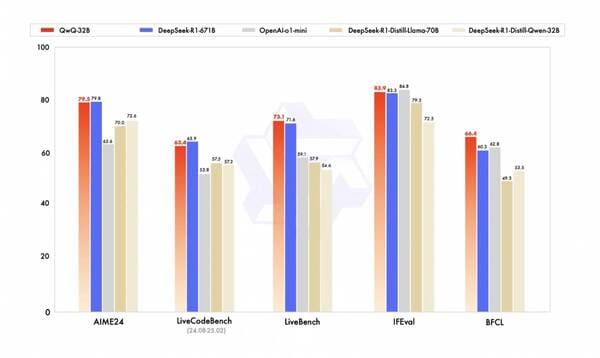
Built on Qwen2.5-32B, Alibaba Cloud’s latest large language model with the exact parameter count, QwQ-32B excels across a variety of benchmarks, including AIME 24 (mathematical reasoning), Live CodeBench (coding proficiency), LiveBench (test set contamination and objective evaluation), IFEval (instruction-following ability), and BFCL (tool and function-calling capabilities).
Gemini 2.5 is a thinking model, designed to tackle increasingly complex problems. Our first 2.5 model, Gemini 2.5 Pro Experimental, leads common benchmarks by meaningful margins and showcases strong reasoning and code capabilities.
Artificial intelligence has arrived in the workplace and has the potential to be as transformative as the steam engine was to the 19th-century Industrial Revolution. With powerful and capable large language models (LLMs) developed by Anthropic, Cohere, Google, Meta, Mistral, OpenAI, and others, we have entered a new information technology era. McKinsey research sizes the long-term AI opportunity at $4.4 trillion in added productivity growth potential from corporate use cases.
Therein lies the challenge: the long-term potential of AI is great, but the short-term returns are unclear. Over the next three years, 92 percent of companies plan to increase their AI investments. But while nearly all companies are investing in AI, only 1 percent of leaders call their companies “mature” on the deployment spectrum, meaning that AI is fully integrated into workflows and drives substantial business outcomes. The big question is how business leaders can deploy capital and steer their organizations closer to AI maturity.
This research report, prompted by Reid Hoffman’s book Superagency: What Could Possibly Go Right with Our AI Future, asks a similar question: How can companies harness AI to amplify human agency and unlock new levels of creativity and productivity in the workplace? AI could drive enormous positive and disruptive change. This transformation will take some time, but leaders must not be dissuaded. Instead, they must advance boldly today to avoid becoming uncompetitive tomorrow. The history of major economic and technological shifts shows that such moments can define the rise and fall of companies. Over 40 years ago, the internet was born. Since then, companies including Alphabet, Amazon, Apple, Meta, and Microsoft have attained trillion-dollar market capitalizations. Even more profoundly, the internet changed the anatomy of work and access to information. AI now is like the internet many years ago: The risk for business leaders is not thinking too big, but rather too small.
Last year was a monumental year for the AI industry in the U.S. and beyond.
There were 49 startups that raised funding rounds worth $100 million or more in 2024, per our count at TechCrunch. Three companies raised more than one “mega-round” last year, and seven companies raised rounds at $1 billion or larger.
How will 2025 compare? It’s still early in the year but the number of U.S. AI companies that have raised more than $100 million is almost in double digits, and there has already been one round larger than $1 billion.
Here are all the U.S. AI companies that have raised more than $100 million so far this year.
Databricks, the Data and AI company, and Anthropic, an AI safety and research company, today announced a strategic, five-year partnership to offer Anthropic models and services natively through the Databricks Data Intelligence Platform. Combined with Databricks Mosaic AI, the landmark deal brings Anthropic’s world-class Claude models directly to over 10,000 companies, alongside their business-critical, proprietary data. As a result, customers can build and deploy AI agents that reason over their own data. Anthropic’s newest frontier model, Claude 3.7 Sonnet — the first hybrid reasoning model on the market and the industry leader for coding — is now available via Databricks on AWS, Azure and Google Cloud Platform.
Enterprises want to increase returns on their AI investments. Yet, many struggle to build, deploy and evaluate AI agents that can reason over their enterprise data and meet production-level requirements for accuracy, security and access control. Databricks and Anthropic are helping to solve this challenge. Databricks Mosaic AI provides the tools to build domain-specific AI agents on organizations’ unique data that deliver accurate results with end-to-end governance across the entire data and AI lifecycle, while Anthropic’s Claude models optimize for real-world tasks that customers find most useful. Together, Databricks and Anthropic provide best-in-class solutions for the development, evaluation, deployment and governance of agentic applications.
Roboticists at the Bioinspired Robotics Laboratory at the University of California San Diego have developed innovative, electronics-free robots that can walk without any electronic components. This soft-bodied robot was 3D-printed for 58 hours in one, single process from a single material, a piece of soft and flexible thermoplastic polyurethane (TPU). The robot has six legs, each with four degrees of freedom, allowing for complex movements. They also incorporate artificial muscles and a control system within a single 3D-printed structure.
AI-powered search startup Perplexity is said to be in early talks to raise up to $1 billion in a new funding round valuing the startup at $18 billion.
Bloomberg, citing a person familiar with the matter, reported on Thursday that Perplexity’s annual recurring revenue has now reached $100 million.
Perplexity’s valuation has soared in recent years. This new round would double Perplexity’s current valuation — $9 billion — as of December. In April 2024, Perplexity was valued at $1 billion.
To continue bringing AI breakthroughs to its products and developers, Google announced its adoption of the new NVIDIA Grace Blackwell AI computing platform, as well as the NVIDIA DGX Cloud service on Google Cloud. Additionally, the NVIDIA H100-powered DGX™ Cloud platform is now generally available on Google Cloud.
Building on their recent collaboration to optimize the Gemma family of open models, Google also will adopt NVIDIA NIM inference microservices to provide developers with an open, flexible platform to train and deploy using their preferred tools and frameworks. The companies also announced support for JAX on NVIDIA GPUs and Vertex AI instances powered by NVIDIA H100 and L4 Tensor Core GPUs.
“The strength of our long-lasting partnership with NVIDIA begins at the hardware level and extends across our portfolio – from state-of-the-art GPU accelerators, to the software ecosystem, to our managed Vertex AI platform,” said Google Cloud CEO Thomas Kurian. “Together with NVIDIA, our team is committed to providing a highly accessible, open and comprehensive AI platform for ML developers.”
“Enterprises are looking for solutions that empower them to take full advantage of generative AI in weeks and months instead of years,” said Jensen Huang, founder and CEO of NVIDIA. “With expanded infrastructure offerings and new integrations with NVIDIA’s full-stack AI, Google Cloud continues to provide customers with an open, flexible platform to easily scale generative AI applications.”
Best Article(s) #monthly
What’s next for AI in 2025
You already know that agents and small language models are the next big things. Here are five other hot trends you should watch out for this year.
So what’s coming in 2025? We’re going to ignore the obvious here: You can bet that agents and smaller, more efficient, language models will continue to shape the industry. Instead, here are five alternative picks from our AI team.
Superagency in the workplace: Empowering people to unlock AI’s full potential
Almost all companies invest in AI, but just 1 percent believe they are at maturity. Our research finds the biggest barrier to scaling is not employees—who are ready—but leaders, who are not steering fast enough.
Artificial intelligence has arrived in the workplace and has the potential to be as transformative as the steam engine was to the 19th-century Industrial Revolution.With powerful and capable large language models (LLMs) developed by Anthropic, Cohere, Google, Meta, Mistral, OpenAI, and others, we have entered a new information technology era. McKinsey research sizes the long-term AI opportunity at $4.4 trillion in added productivity growth potential from corporate use cases.
Human cooperation with artificial agents varies across countries
People are keen to exploit cooperative artificial agents for selfish gain. While this phenomenon has been observed in numerous Western societies, we show here that it is absent in Japan. We examined people’s willingness to cooperate with artificial agents and humans in two classic economic games requiring a choice between self interest and mutual benefit. Our participants in the United States cooperated with artificial agents significantly less than they did with humans, whereas participants in Japan exhibited equivalent levels of cooperation with both types of co-player. We found a notable difference in how people felt about exploiting their cooperative partner: people in Japan emotionally treated artificial agents and humans alike, whereas people in the United States felt bad about exploiting humans, but not machines. Our findings underscore the necessity for nuanced cultural considerations in the design and implementation of such technology across diverse societies.
Latest AI Tools In CogList #monthly
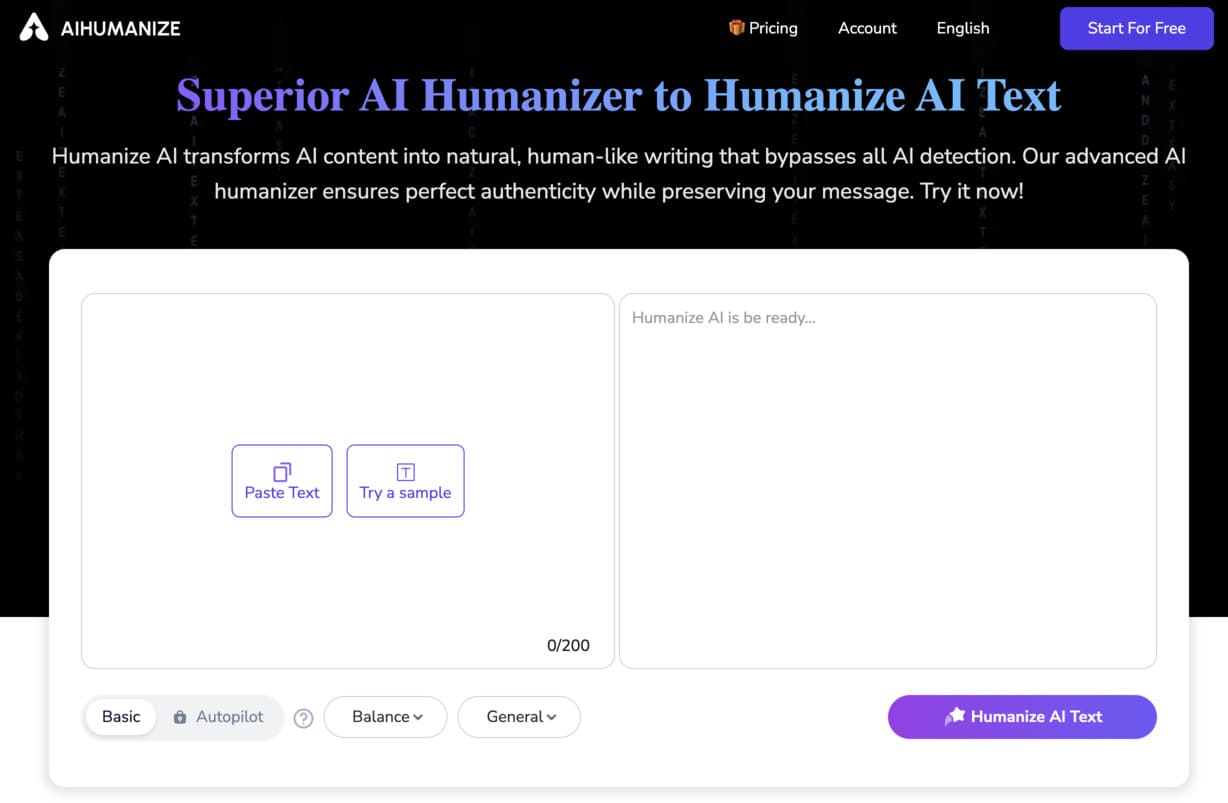
AI Humanize IO is an AI humanizer which transforms AI-generated content into human-style writing and bypasses all AI detections.
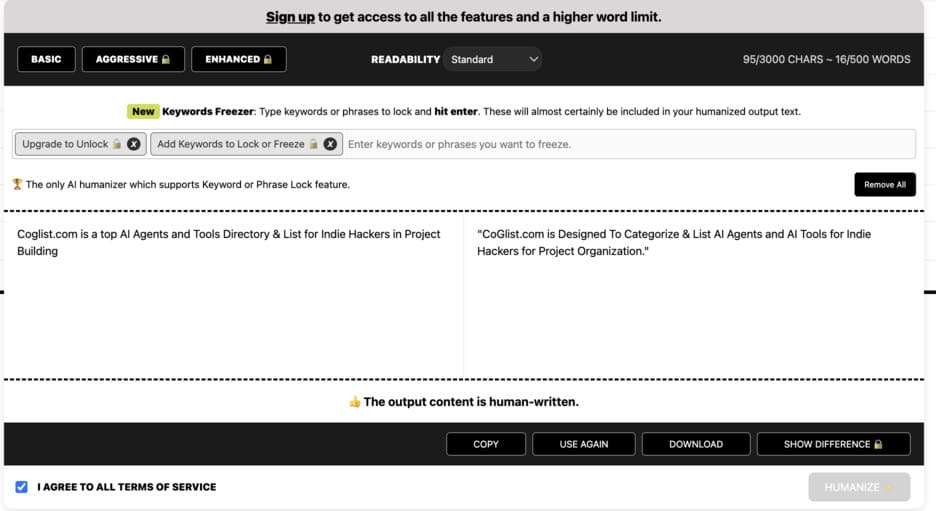
Humanize AI.IO rewrites ai-generated text read as human-written for content creators needing detection-proof writing and SEO purposes.
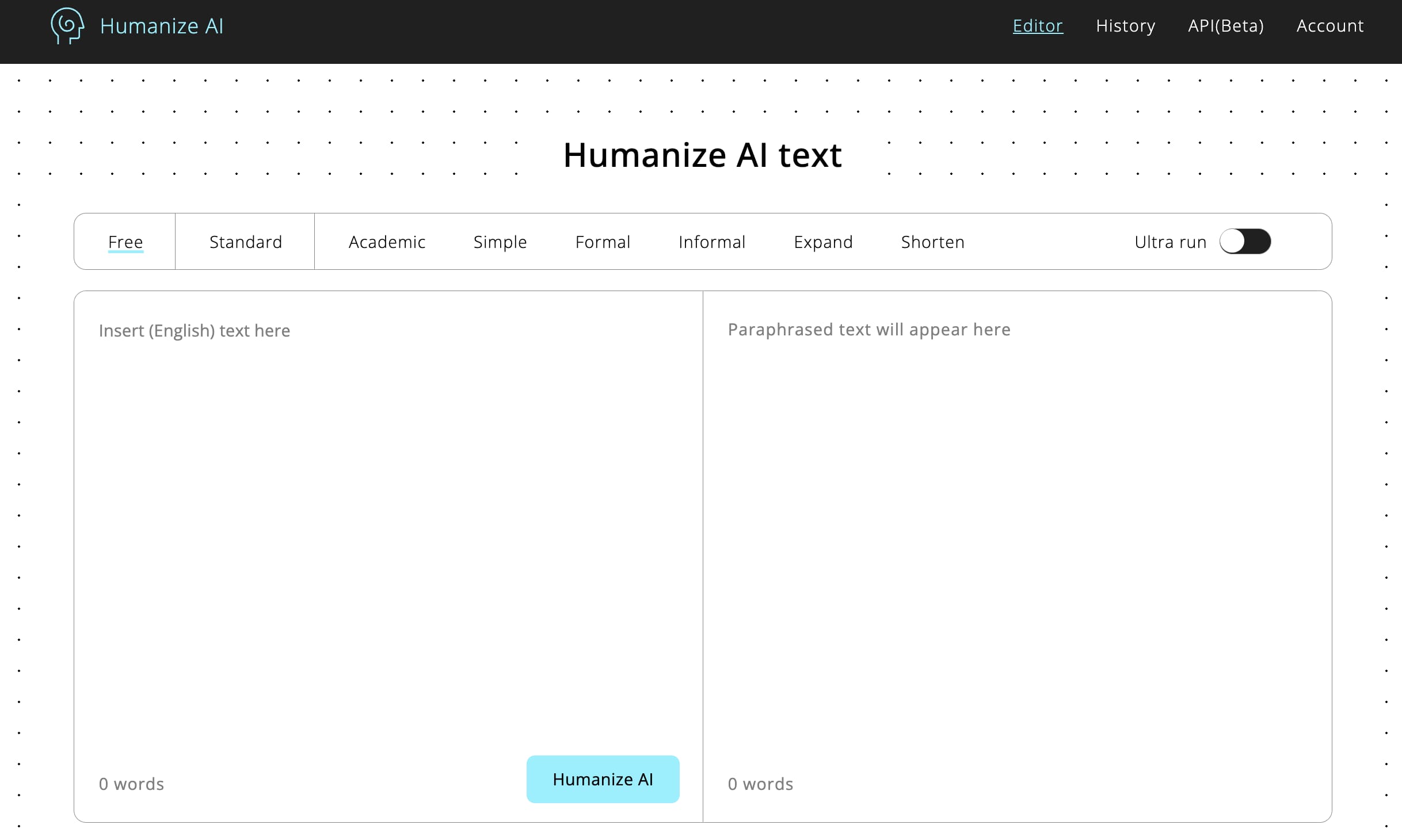
Humanize AI Pro is an AI humanizer that rewrites AI content to mimic human writing patterns, used in in blog articles, research papers, and marketing copy.
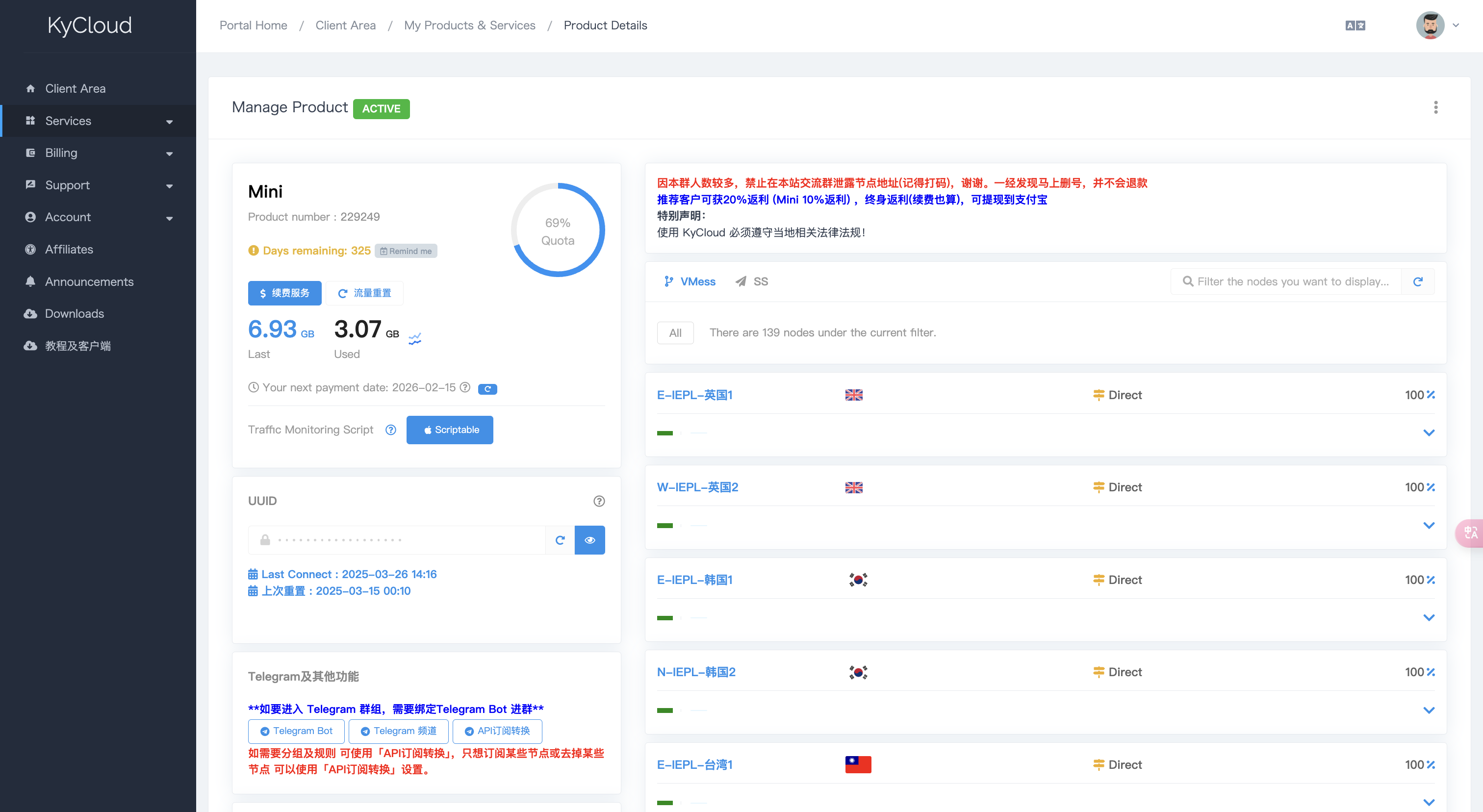
KyCloud VPN is a non-limiting concurrent connection VPN client with provides safe, encrypted access to the internet with globally-located user-tuned servers.
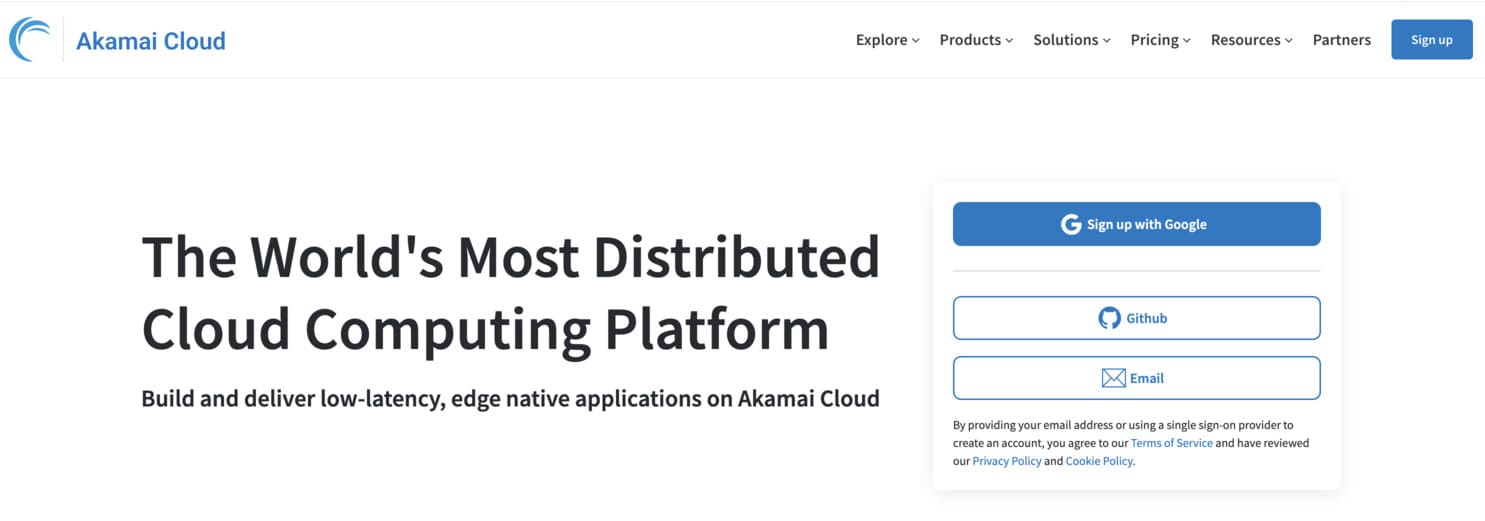
Linode is a cloud service with high-octane virtual private servers (VPS), Kubernetes clusters, SSD storage, DDoS protection, and a global network for all developers
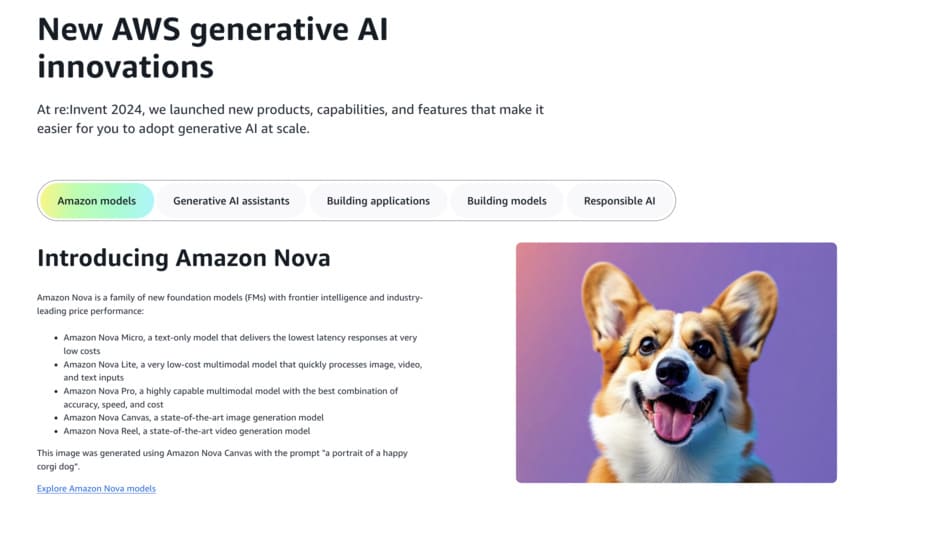
Amazon Web Services (AWS) is the world's leading cloud service provider with 200+ services, including databases (Aurora) to machine learning (SageMaker).
This Week's Summary
March 2025 was a landmark month for artificial intelligence, marked by regulatory momentum, cutting-edge model releases, and transformative industry shifts. U.S. lawmakers introduced a staggering 781 AI-related bills, surpassing 2024’s total, signaling heightened governance efforts. Meanwhile, Italy’s Il Foglio made history with the first fully AI-generated newspaper edition, showcasing generative AI’s expanding role in media.
Tech giants pioneered with Alibaba's QwQ-32B, a light but mighty reasoning platform, and Google DeepMind's Gemini 2.5, which excelled in challenging problem-solving. Startups flourished with nine US AI startups raising 100M+.
Corporate AI adoption accelerated through partnerships like Databricks and Anthropic, using Claude 3.7 for data-informed decision-making. Hardware development also advanced, with electronics-free 3D-printed robots by UC San Diego and NVIDIA-Google Cloud collaborations expanding AI infrastructure.
Emerging trends—agentic AI, cultural disparities in human-AI cooperation (per a Nature study), and workplace "superagency"—highlighted AI’s societal impact. As McKinsey noted, while 92% of companies invest in AI, only 1% have matured deployments, underscoring the gap between potential and implementation.
From policy to productivity, March 2025 proved AI’s evolution is unstoppable—but navigating its risks and rewards remains a global challenge.



